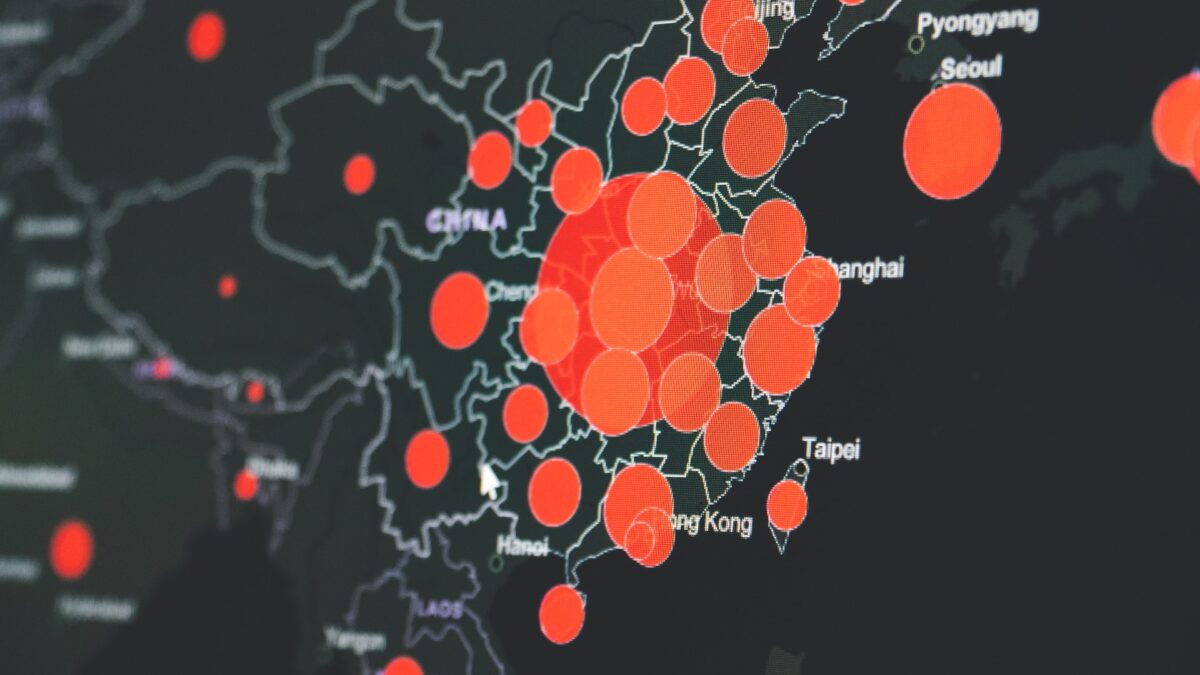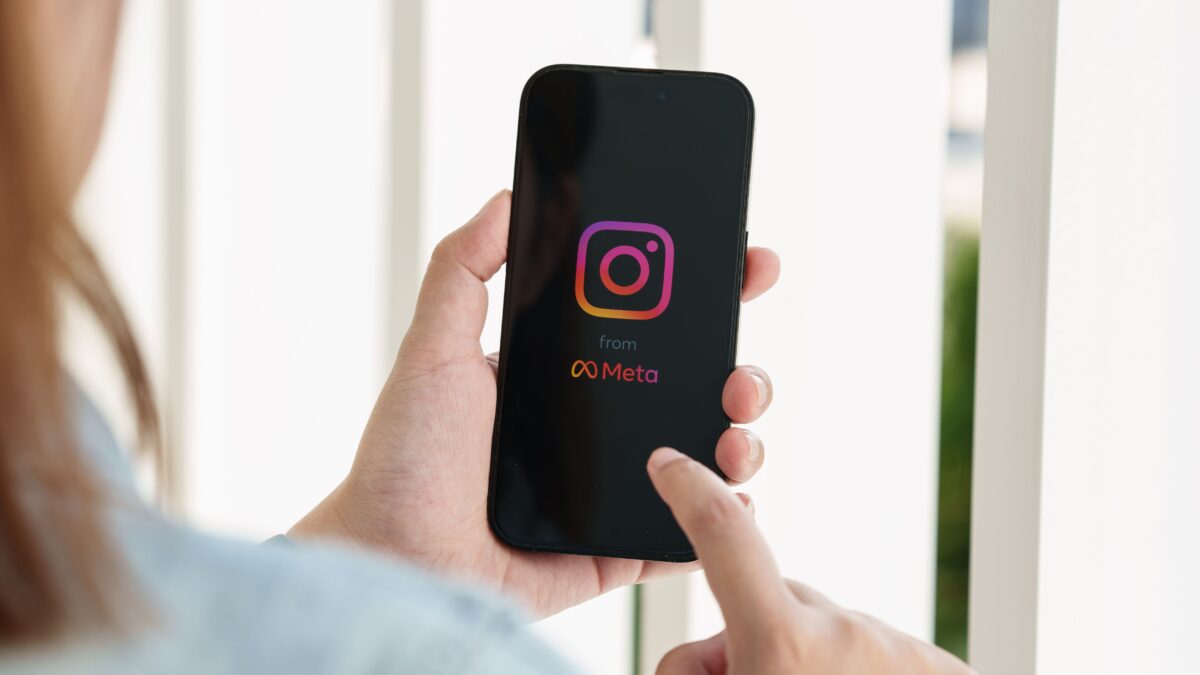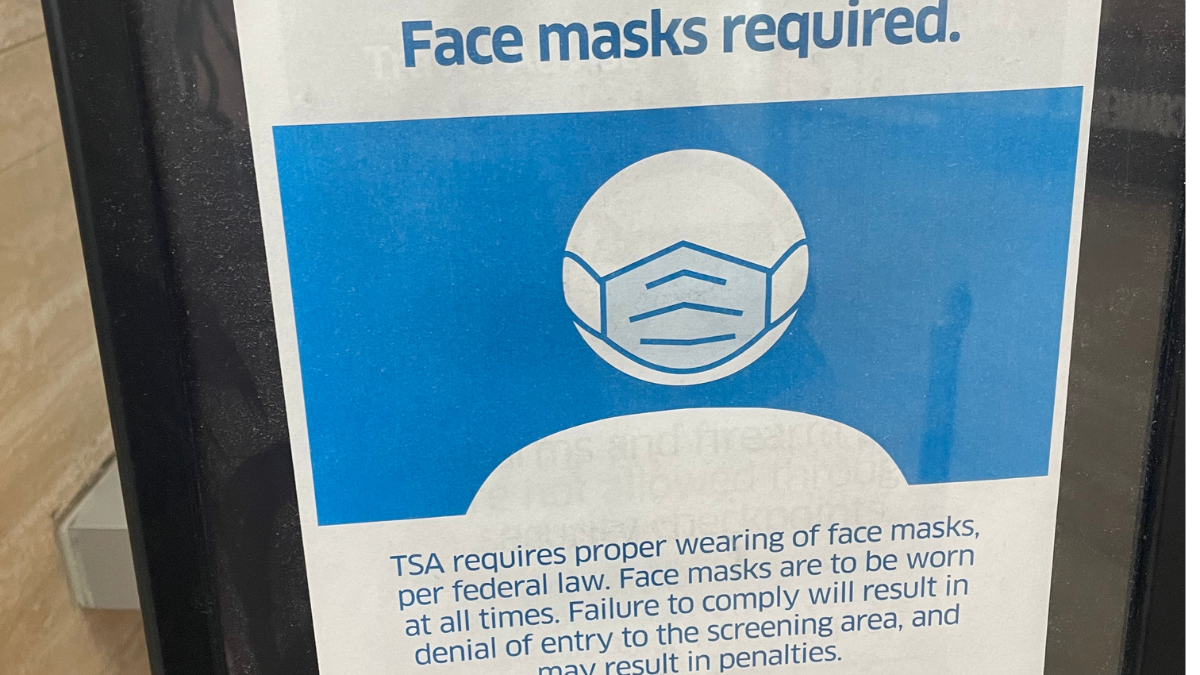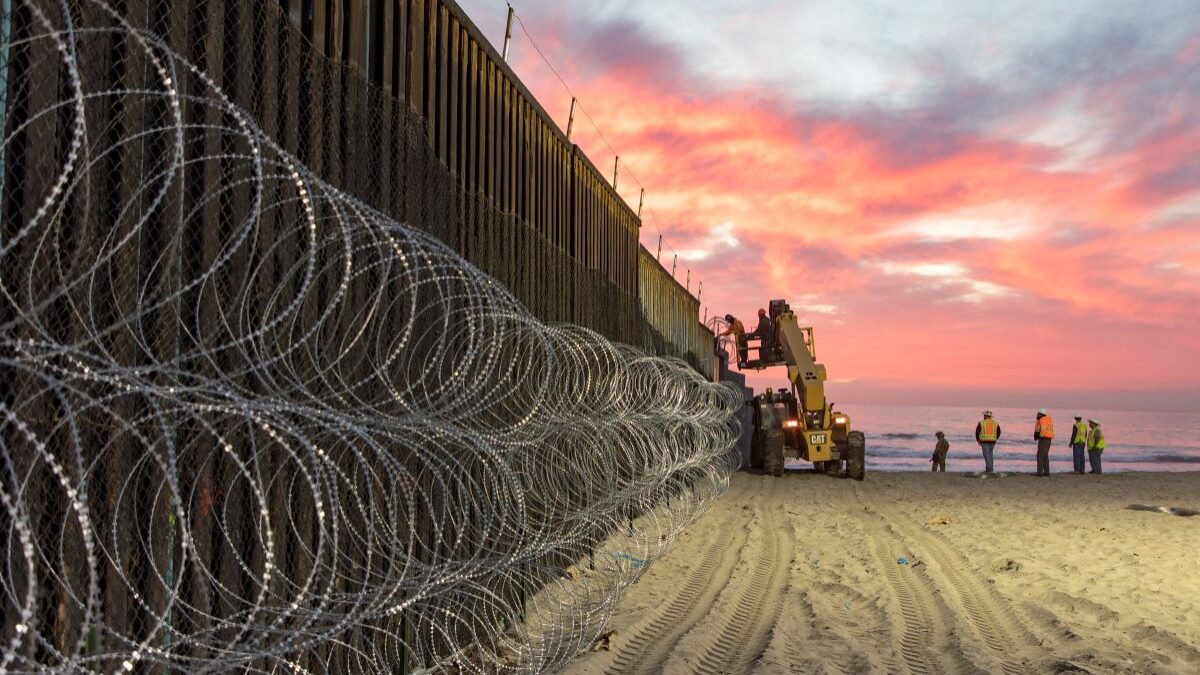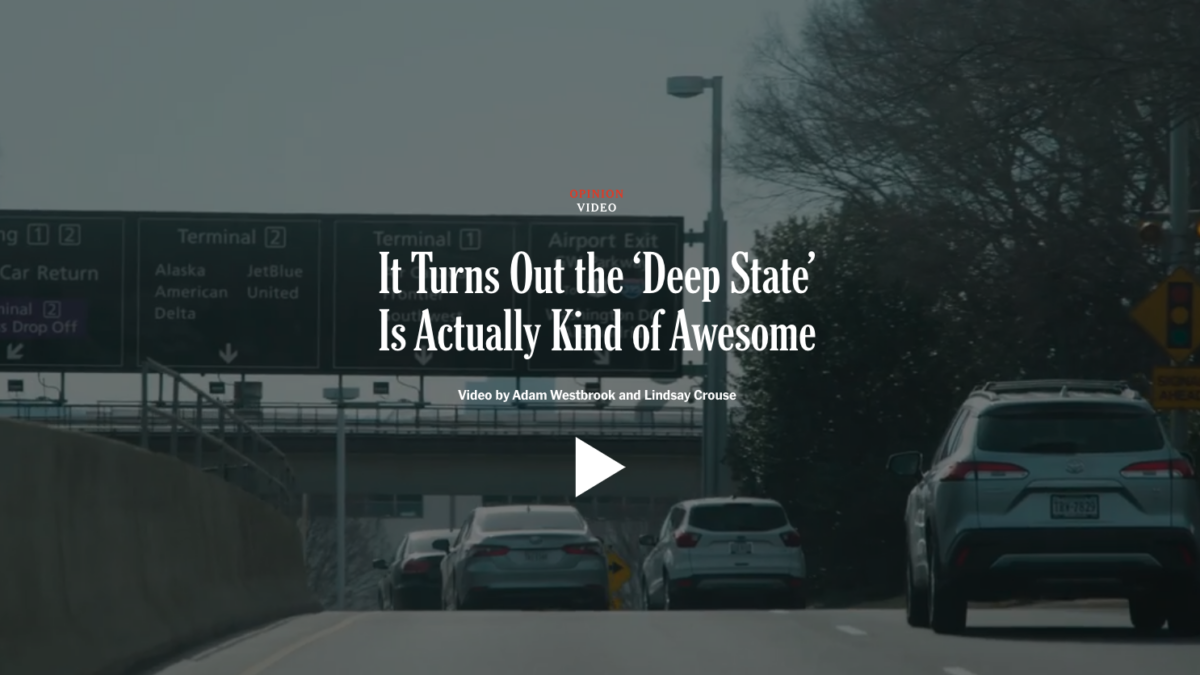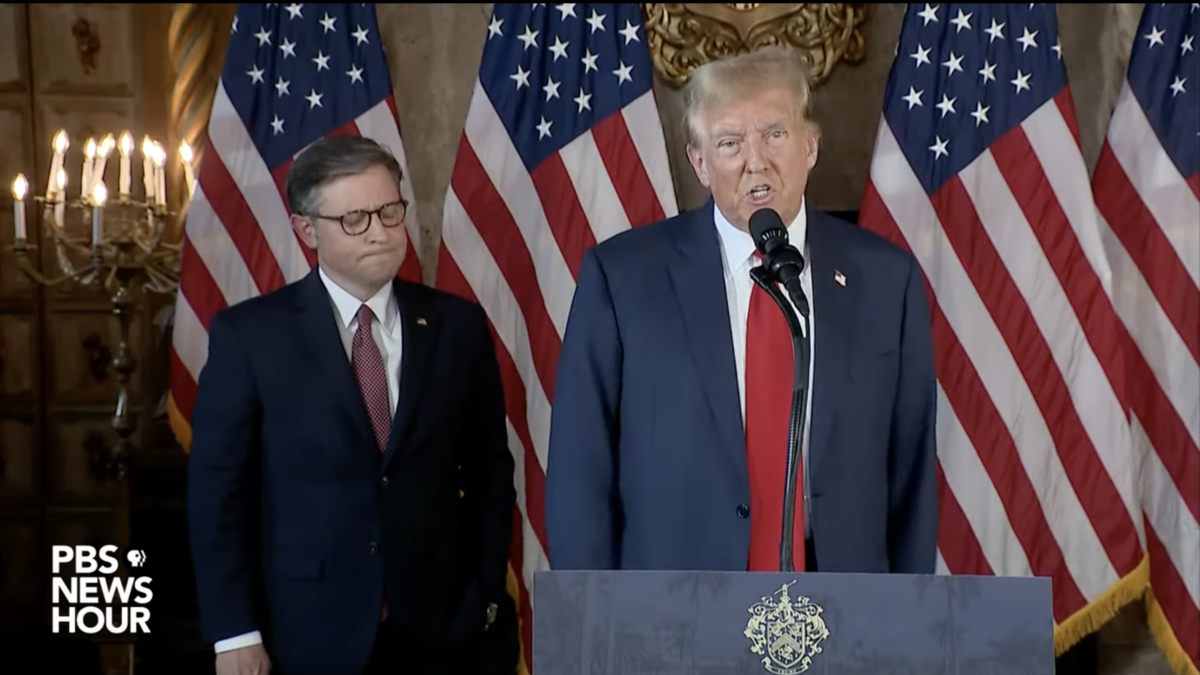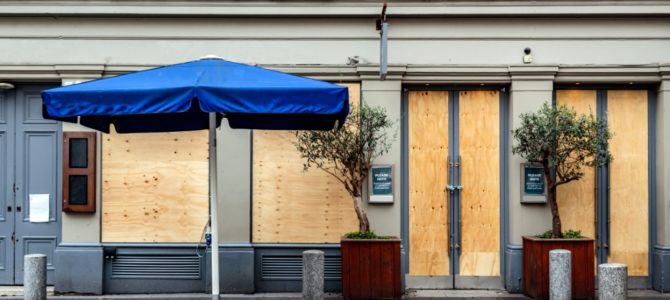
“I would shut it down,” Vice President Joe Biden recently promised when asked how he would respond to COVID-19 flareups, “I would listen to the scientists.” After experimenting with that option in March and April, President Donald Trump has vowed, “We won’t be closing the country again.”
The Trump-Biden divergence on this issue provides a clarifying distinction as Americans head into the home stretch of the 2020 presidential election. But what about gubernatorial, mayoral, and school-board elections, and what about elections beyond 2020? Knowing where a candidate stands on this issue — which affects every American — will be important for years to come.
Americans on either side of the COVID-19 divide — those who believe they have to take individual responsibility, who recall that America didn’t shut down during the pandemics of 1957 or 1968, who believe life must go on to preserve individual liberty, as well as those who believe in promoting social responsibility, who view COVID-19 as more deadly than past pandemics, and who believe life must change to preserve public health — would benefit from knowing how politicians would respond to the next COVID-19 spike, pandemic, or flu.
The Likelihood of Another Chinese Virus
Through either China’s incompetence or intention, another virus of the sort of COVID-19 will likely be unleashed upon the world in the future. H5N1, SARS, and COVID-19 are responsible for hundreds of thousands of deaths globally, and each began in China.
We now know Xi Jinping’s regime lied about the human-to-human transmission of COVID-19, allowed thousands to leave Wuhan for destinations around the world, ordered scientists not to share findings of coronavirus-genome sequencing, and carried out a premeditated plan to hoard 2.5 billion pieces of medical gear as the virus swept the globe.
It can no longer be hidden: China is an ends-justify-the-means regime that has disdain for human life and norms of behavior. It’s a place physicians are arrested and left to die for trying to live up to the oaths of medicine. It’s where Christians are sent to reeducation camps, Buddhist temples are bulldozed, Uighur Muslim men are herded into concentration camps, Uighur women are forcibly sterilized, and Uighur babies are forcibly aborted.
As dissident leader Xu Zhangrun observes, “A polity that is blatantly incapable of treating its own people properly can hardly be expected to treat the rest of the world well.”
The Unintended Consequences of Lockdowns
In truth, the lockdown way of life is an enemy of life and living. The lockdowns effectively prevented hundreds of millions of Americans from gathering for worship, cost tens of millions their jobs, and permanently shuttered more than 100,000 U.S. businesses. The isolation, job loss, and depression triggered by the lockdowns will lead to 75,000 deaths from drug abuse, alcoholism, and suicide. Not even the more than $3.2 trillion in deficit spending since March can cure despair.
Millions of surgeries have been delayed. Heart-attack death rates have spiked not because of COVID-19, but because the fear of COVID-19 kept patients away from getting the care they urgently needed. Researchers project 10,000 excess cancer deaths in America as a result of delayed screening caused by lockdowns. Half of cancer patients have missed chemotherapy treatments, transplants are down almost 85 percent, and emergency stroke evaluations are down 40 percent.
Brookings concludes, “The COVID-19 episode will likely lead to a large, lasting baby bust … a drop of perhaps 300,000 to 500,000 births in the U.S” next year. This is not a function of deaths among women of childbearing age, but of despair and uncertainty.
Domestic violence and childhood malnutrition have surged during the lockdown. Some 212,500 cases of child abuse have gone unreported due to the lockdown — a consequence of kids not being in school, where abuse is often first detected. Indeed, we may never be able to quantify the costs of a year without classroom instruction, which is why the American Academy of Pediatrics calls for reopening schools.
Data — not wildly inaccurate computer models — tell us why doctors say it’s safe to return to classroom instruction: COVID-19 poses an almost imperceivably small risk to Americans younger than 24, with that age group representing just 0.1 percent of COVID-19 deaths. Americans 14 and younger account for 145 COVID-19 deaths according to the Centers for Disease Control. Yet governors, mayors, and school boards claim to know more than pediatricians about child wellbeing.
Taking a Pledge
Rather than closing the schools, quarantining the healthy, and idling the economy, Sunetra Gupta, an Oxford University professor of infectious-disease epidemiology, has argued for months that we must find “a way of living with this virus.” Both history and science tell us that the lockdown way of life isn’t the answer to pandemics.
Yes, COVID-19’s infection-mortality rate was initially thought to be 3.4 percent, which understandably terrified policymakers. But as we learned more about the virus, the actual infection-mortality rate rapidly emerged in the data. As the Hoover Institution’s Scott Atlas explained in congressional testimony The virus kills between 0.1 percent and 0.4 percent of those infected. The seasonal flu, by comparison, kills about 0.1 percent of the infected.
Those who argue government reaction to COVID-19 is at best ahistorical and, at worst, draconian, must concede that COVID-19 could be more deadly than the flu. At the same time, those who support federal, state, and local government responses to COVID-19 must concede that COVID-19 is definitively not another Spanish Flu. It’s not even another H2N2 pandemic, which killed 0.67 percent of those infected in 1957.
In raw numbers, COVID-19 has claimed more than 190,000 Americans out of a population of 331.3 million. That sounds like a high death toll until we compare it to that 1957 pandemic, which claimed 116,000 Americans out of a population of 171 million. Even with the expansive accounting methods used by New York, Colorado, Washington, and key federal officials (who argue that dying with COVID-19 is the same as dying from COVID-19), this disease is less deadly than the 1957 flu.
According to Anthony Fauci, “The overall clinical consequences of COVID-19 may ultimately be more akin to those of severe seasonal influenza (which has a case fatality rate of approximately 0.1 percent) or a pandemic influenza (similar to those in 1957 and 1968).”
The numbers and Fauci’s assessment force us to ponder the policy reactions triggered by COVID-19. We didn’t close churches, schools, or businesses, cancel sports seasons, or amass staggering debt in response to pandemics in 1957 or 1968. But we did in 2020. Is this the new-normal response to viruses?
Candidates at every level of government should follow the lead of President Trump and Vice President Biden and go on the record answering that question. Lockdown opponents could call it the “Liberty from Lockdowns Pledge.” Lockdown supporters could call it the “Pandemic Protection Pledge.”
Similar pledges help Americans know where policymakers stand on taxation, abortion, fossil fuels, the Second Amendment, Social Security, campaign finance. We need a similar pledge for something with the potential to have such a monumental effect on our society.
There are Democratic and Republican officials who support the lockdown way of life, and there are Democratic and Republican officials who oppose the lockdown way of life. This isn’t a political issue so much as a philosophical one. These pledges would serve as a way for us to educate ourselves about the philosophical bent of those vying to run our school boards, cities, states, and country — and then, to vote accordingly.


